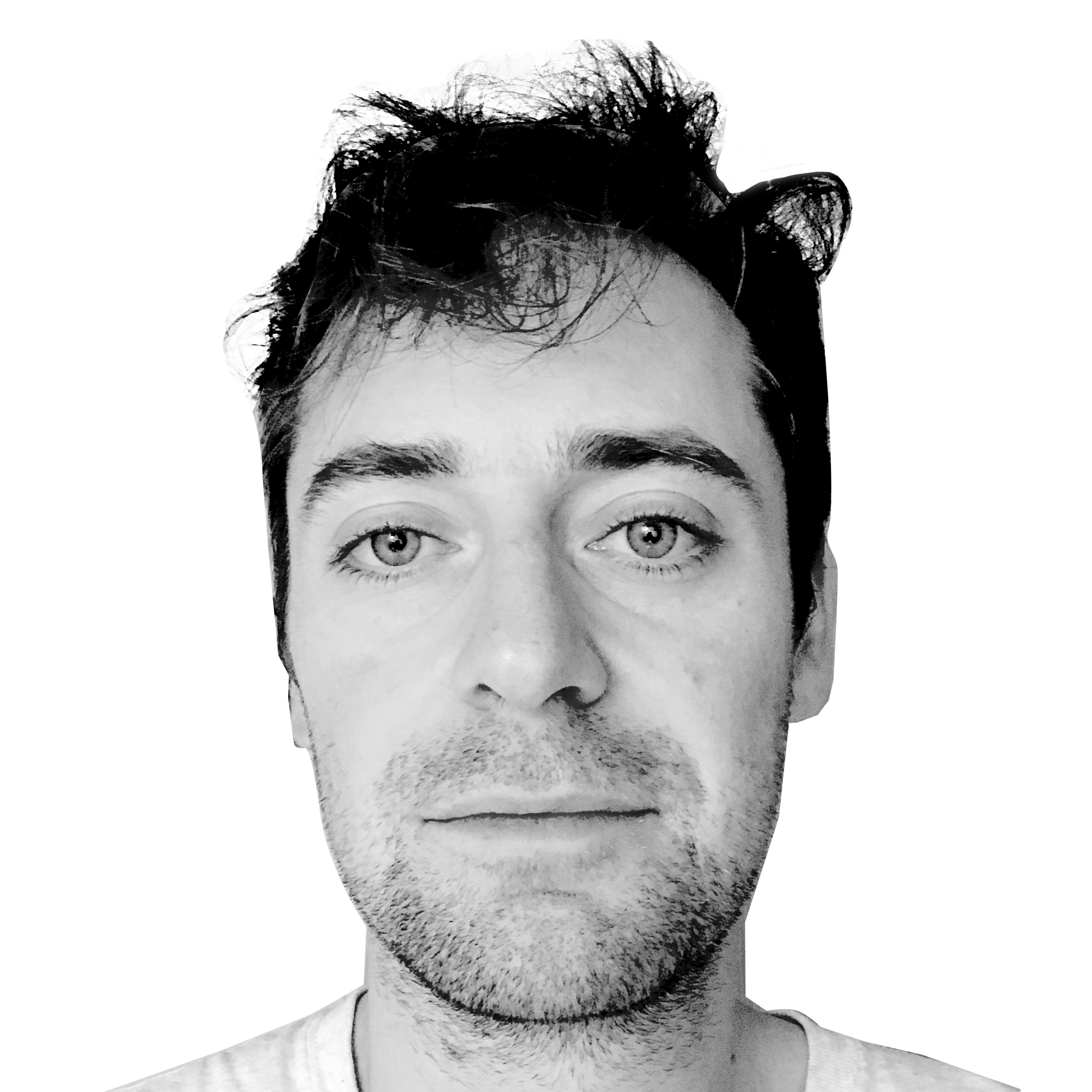Travel
Citizen of the Planet / Alamy Stock Photo
Can L.A.'s Frogtown Survive Gentrification?
FORGET IT JAKE
Frogtown is one whole contradiction occupying a weird gentrification grey zone where I can’t decide if it’s ugly or pretty, coming or going.

Trending Now





